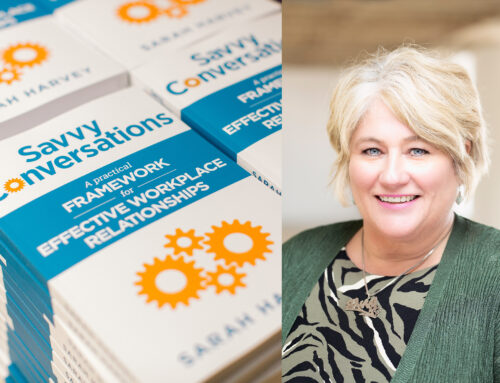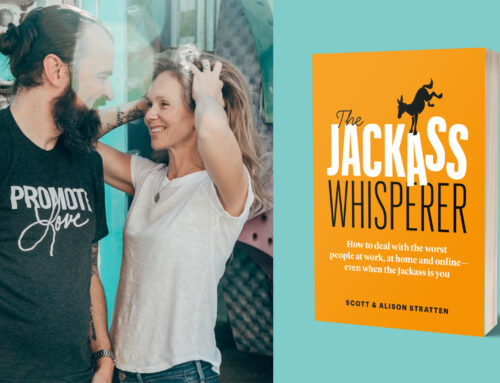This is the second post in a series about writing a book. Having just finished a new book on body language, brain science, and how people communicate, due out in May 2014 from Harvard, I’m posting a brief series on writing – what I’ve learned. Is it true that everyone who’s sentient has a book inside waiting to be expressed? What are the best ways to crank out a book-length manuscript? And once you have, what about publishing it? What does that terrain look like?
Last time I discussed reasons why to write a book. For this post, I’m going to assume you’ve answered the why question affirmatively. How do you get started?
Here’s a secret about books that will save you a lot of time and wasted effort: books are made of chapters. Your first step once you’ve decided to write a book is to create a chapter outline.
That outline will test your logic, help you develop your arguments, reveal any holes in your thinking, and allow you to decide what has to be in the book and what you can leave out.
So begin by creating that chapter outline. For now, make each chapter title a complete sentence, with a subject and verb. That will make you think about actual content, rather than just vague categories like “introduction” and “conclusion.”
Once you’ve got the chapter outline, then create the rest of the book proposal. Don’t write the book yet! The rules are different for fiction, but in the non-fiction world, offering a complete book to a publisher screams amateur, and will get you relegated to the slush pile, a place where all unsolicited manuscripts go to die.
Instead, you want to create a book proposal and find an agent. What’s in a book proposal, besides the chapter outline? Following are the necessary elements of a successful book proposal.
1. Overview
This section, several pages long, should sell the high concept of the book, what it’s about, why it’s cool and new, and why it will be snapped up by eager book buyers everywhere.
2. Bio
In this section, you’ll write up your professional life as a miracle of achievement and interest, culminating in a fan base of the necessary thousands who will buy your book. A page at most.
3. Audience
Who’s going to care about your idea and your book? How will you connect with them? What networks are you part of? How will you exploit them? Tell the publisher all, and don’t be humble or shy.
4. Marketing and PR
Here’s where you let your creativity flow freely, spinning out fabulous yarns concerning how you’re going to generate interest in your book and persuade people to part with their money to buy it. Are you going to sell it at Grateful Dead concerts? Are you going to put USBs of your book in bubble gum packets, co-marketing with Wrigley? Does the head of marketing at WalMart owe you a really big favor? Time to get creative. What programs can you devise to make your book as exciting as the latest Miley Cyrus CD?
5. Competition
To buy your book, a publisher must be simultaneously convinced of two mutually contradictory ideas. First, that the book is completely original in its thinking. And second, that it fits in a well-mined, extremely popular genre of books that people will continue to buy forever.
So you want to talk about the competition in this section, stressing successful books that are similar – and then what they lack that your book will complete, finish, or extend.
6. Book Specs
In this brief section, put the number of words in your manuscript, and any special requirements as to pictures, charts, graphs, foldout maps, and so on. Publishers are very clever in estimating how much a book will cost, and they are not likely to spend more on a section of color photographs if you mention that just before handing in your finished draft. That’s too late in the process; the budget has already been decided.
7. Chapter Outline
It’s the fashion currently to annotate the chapter outline. So that, for each chapter, you indicate in several pages what will be in the chapter. At the extreme, I have seen proposals where the book is literally half-written thanks to an extensive Chapter Outline. That’s OK, especially for a first-time author. It lessens risk in the eye of the publisher.
8. Sample Chapter
Finally, you need a sample chapter. It can be the first one, but some publishers prefer an inner chapter. That way, there’s less repetition between the overview, the chapter outline, and the sample chapter.
That’s the book proposal. Once you’ve got that, you’re ready to find an agent. That’s for the next blog post.











In the case of non-fiction (which we are discussing here) I think the book proposal should also include some credentials for the author(s). What makes you qualified to write on this subject? Why would anyone be interested in your thoughts on this?
By way of a (sad) example — I have thought long and deeply about the future of capitalism. I think it is on a path to self-destruction, and not in the way Karl Marx predicted. I could easily write a book on this, well constructed, well reasoned, logical, dramatic and scary.
However, I can predict with 100% certainty that it will not get an agent and it will not sell.
Thanks, Piet, for the comment. And yes, that’s precisely the sort of information you put in the overview and the bio. You’re making the case for your expertise. And yes, you’re right — it’s unlikely any agent or publisher would buy that proposal! Sorry.